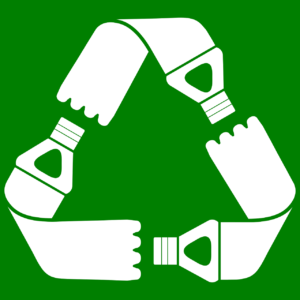Hayfever, or allergic rhinitis, occurs when the body has an allergic reaction to pollen.
Histamine is a molecule produced by special immune cells in response to certain foreign bodies and potentially dangerous pathogens. It has a variety of effects depending on which of the four types of histamine receptor it binds to. These are named H1, H2, H3 and H4 receptors.
Histamine signalling, particularly through the H1 receptor, is known to play a crucial role in a variety of allergic conditions, including hayfever, asthma, food allergies and the itchy response to insect bites.
One way to deal with the problem is to block the response. There are a range of drugs that block the response, called mast cell inhibitors, or more commonly known as anti-histamines.
Conventional antihistamines including cetirizine and acrivastine (Benedryl) work by blocking the H1 histamine receptor. Antihistamines can also have unwanted side-effects including drowsiness.
The role of mast cells in the development of allergy is key. In allergic reactions, mast cells remain inactive until an allergen binds to IgE already in association with the cell.
Allergens are generally proteins or polysaccharides. The allergen binds to the antigen-binding sites, which are situated on the variable regions of the IgE molecules bound to the mast cell surface. It appears that binding of two or more IgE molecules (cross-linking) is required to activate the mast cell.
There are many options available to help with hayfever naturally, including HayMax™– a pollen barrier which works by trapping pollen before it enters the body. The balm is applied externally under the nose and around the eyes to stop you feeling sneezy or itchy. It has many advantages: it’s easy to carry around, it’s completely organic and drug-free and therefore suitable for children and women who are pregnant or breastfeeding.
Another way to tackle hayfever naturally is by using the Qu Chi accupressure band, which works by targeting pressure points on your body. You could also try aromatherapy or acupuncture.
You could also try eating some different things to boost your natural immunity to allergy. Quercetin can help. Quercitin is found in red fruits and wine. Bromelain, found in pineapple helps the body to absorb quercetin. Quercetin and bromelain are both available as supplements.
See our hayfever guide for more ideas about ways to tackle hayfever.

